July 25th 2023
Tokyo & Kyoto, Japan

Traveler: Hollie Hastings
Destination: Tokyo and Kyoto, Japan
On a trip to Japan this month, Hollie explored both the traditional and the modern in the cities of Tokyo and Kyoto.


This month, I was lucky enough to go to Japan for the first time with my sisters and cousins. After arriving in Tokyo, where we would spend the first and last few days of our trip, we decided the best way to beat the jetlag was to power through the day and start exploring the city. We had read about how beautiful the Shinjuku Gyoen National Gardens were, so this was our first stop!
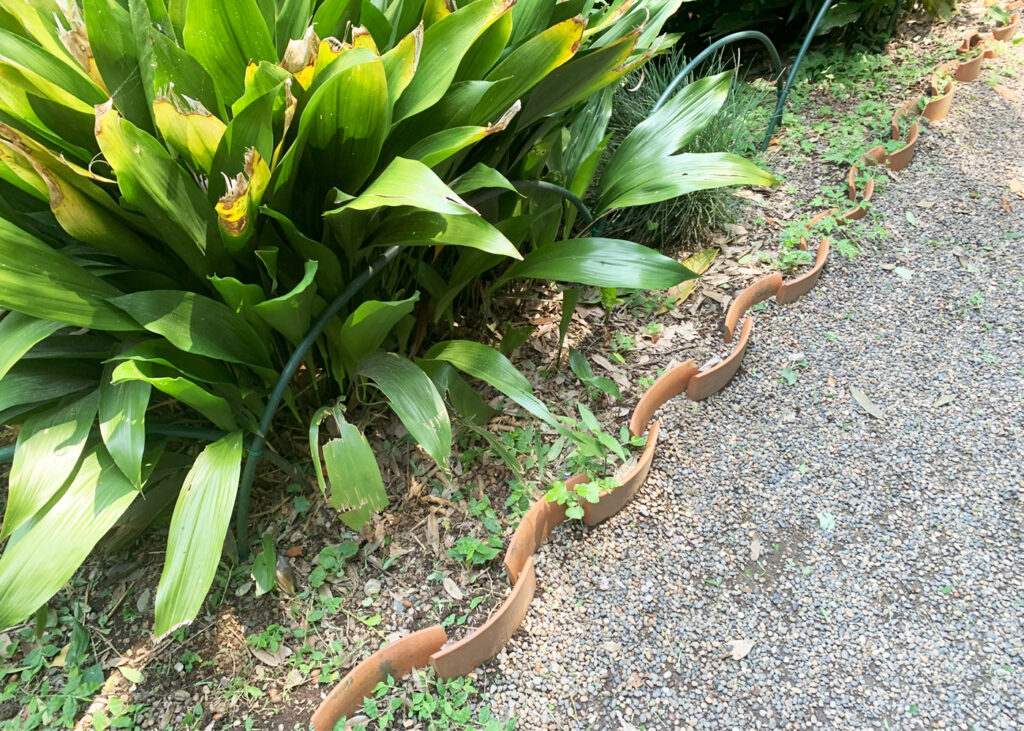
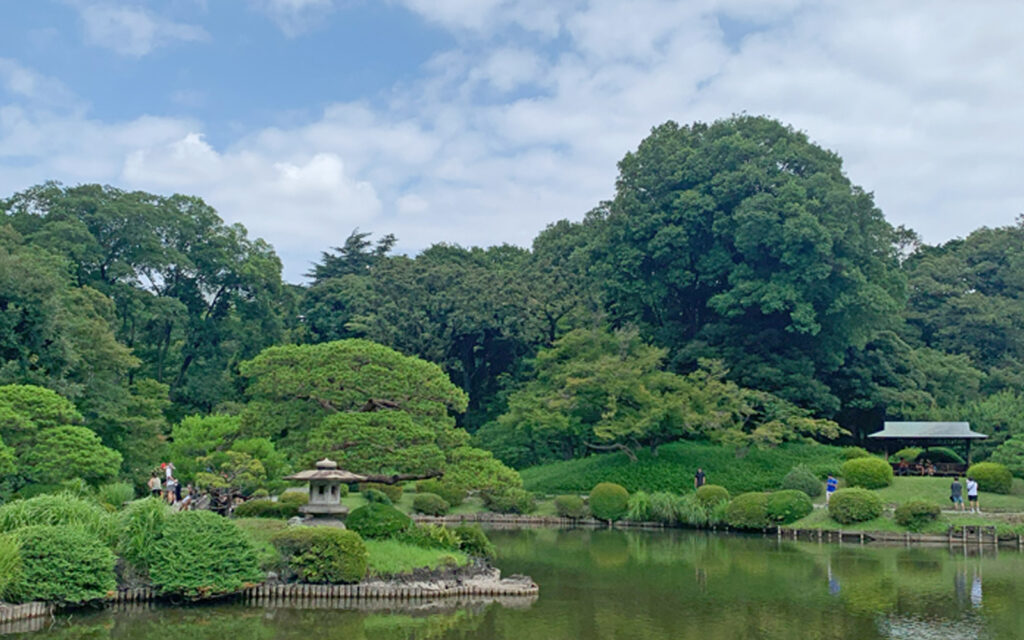
These gardens have a deep and complex history. From the 1600s to the 1900s, these gardens were only ever used as part of a private residence for a lord (Lord Naito) and later for the Meiji government as imperial gardens. Unfortunately, the site was destroyed during World War II air raids, but upon restoration, the gardens became public and have since provided a lush oasis for those walking through what is otherwise dense cityscape. These gardens include areas of both formal western garden design with more orthogonal forms and open lawns, as well as areas of more traditional Japanese garden design, containing vibrant shrubs and trees surrounding water features with islands and bridges. The gardens are even more stunning in person!
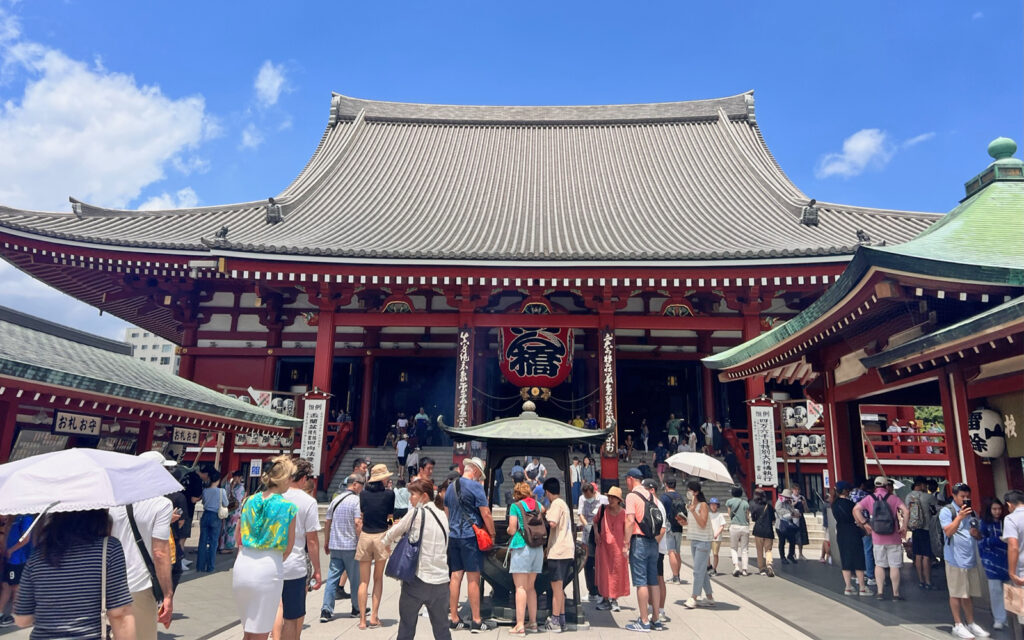

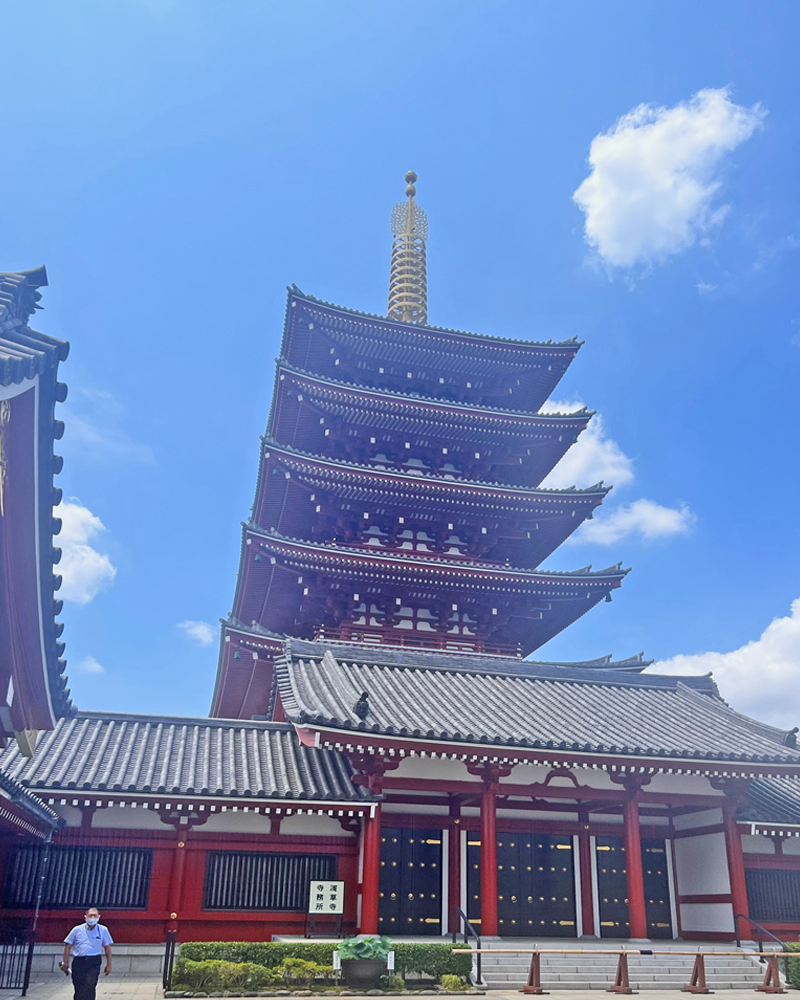
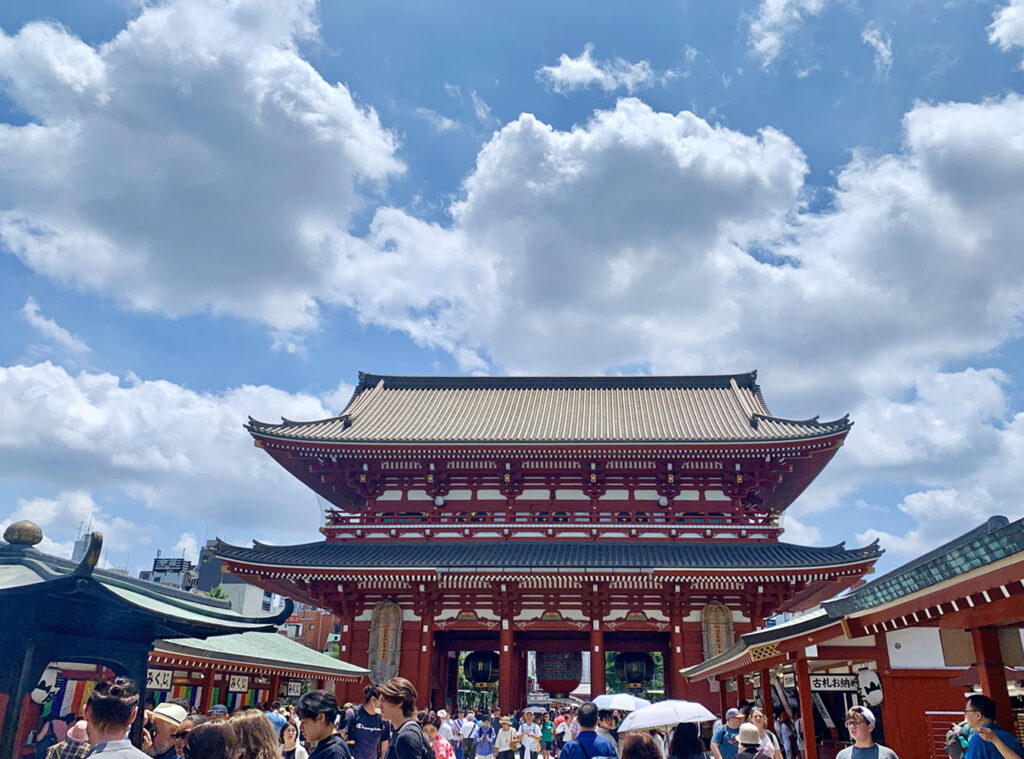
One of the other areas of Tokyo that we explored was Asakusa, which contains the magnificent Sensoji Temple, where visitors and locals have come to pay their respects since the 7th century. All roads in Asakusa seem to lead to Sensoji, the temple itself containing a wide variety of features and uses from gathering halls, shrines, bridges, and multiple pagodas. Surrounding the complex are vibrant shopping streets and street food stalls, and from certain areas you can see the iconic Tokyo Skytree in the background, which creates this interesting contrast between the old and the new.
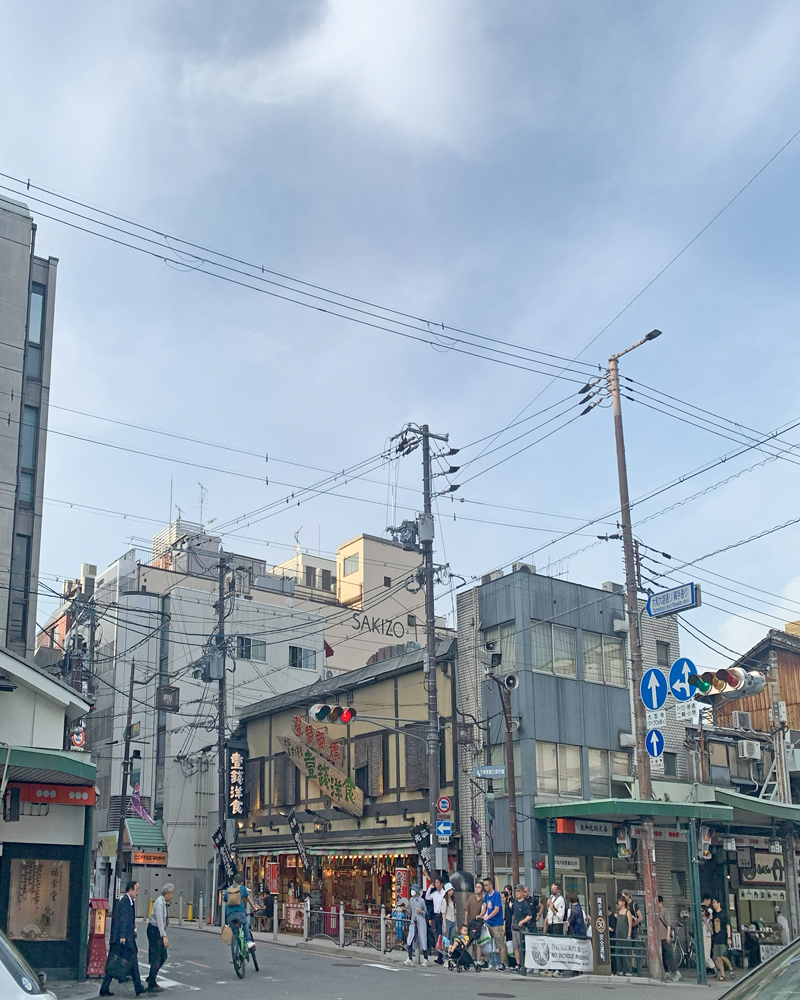
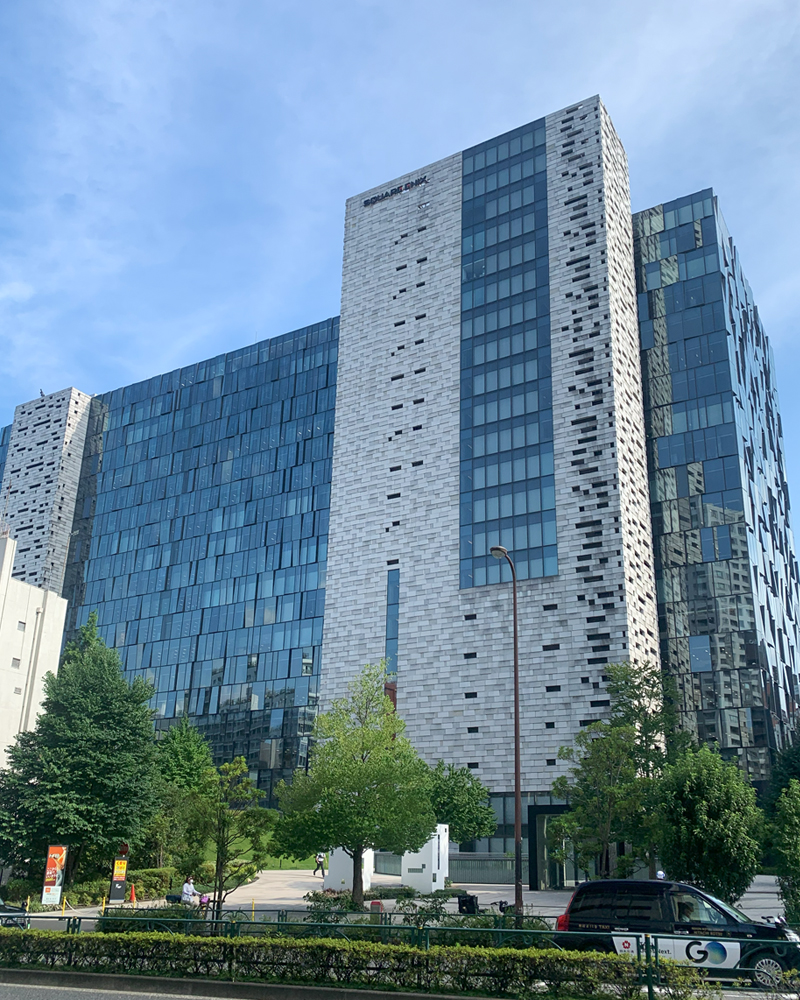
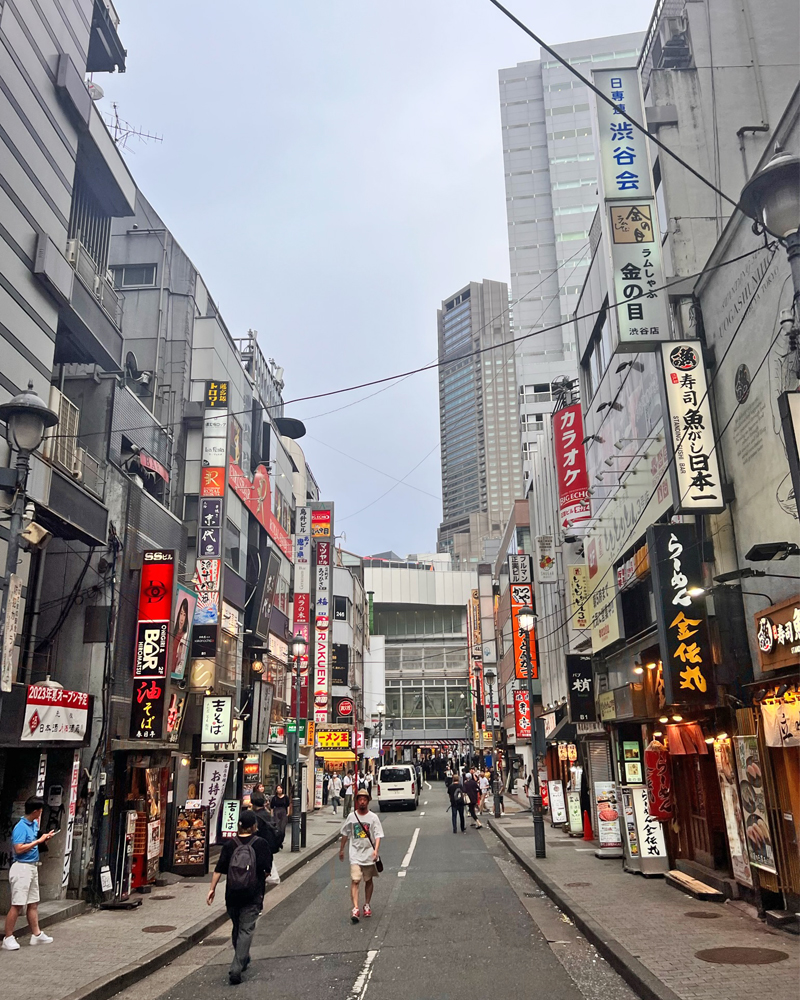
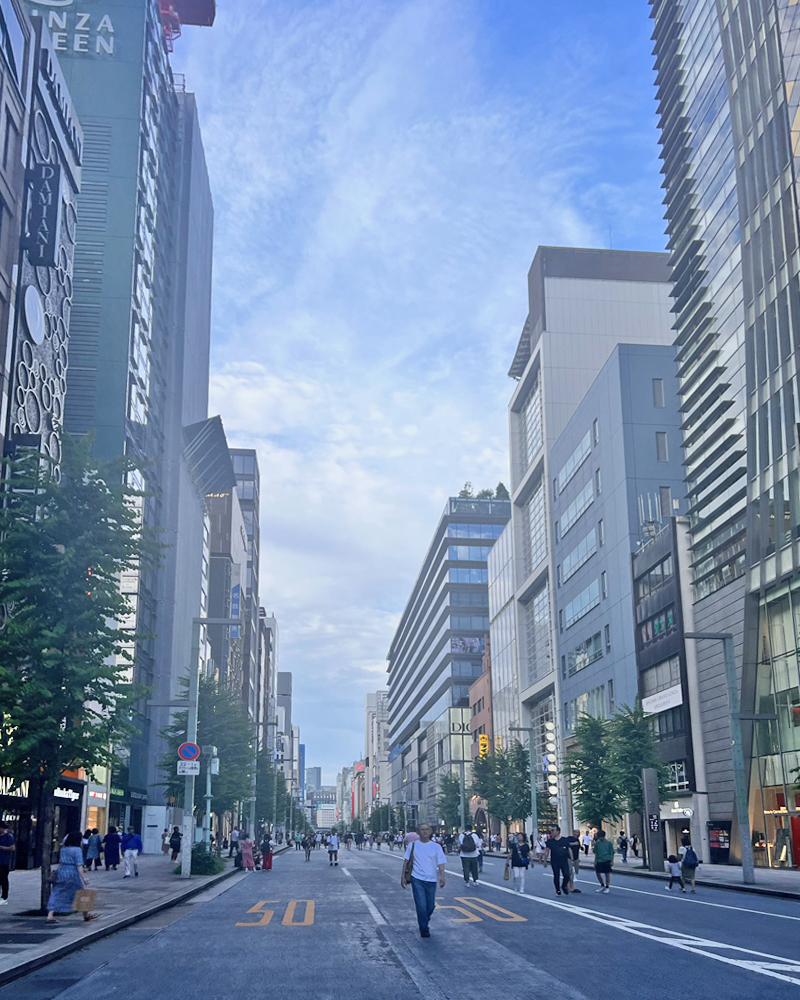
During those first few days in Tokyo, we also explored the more modern and metropolitan areas of the city. Above are some of the particularly striking streets and buildings we came across.
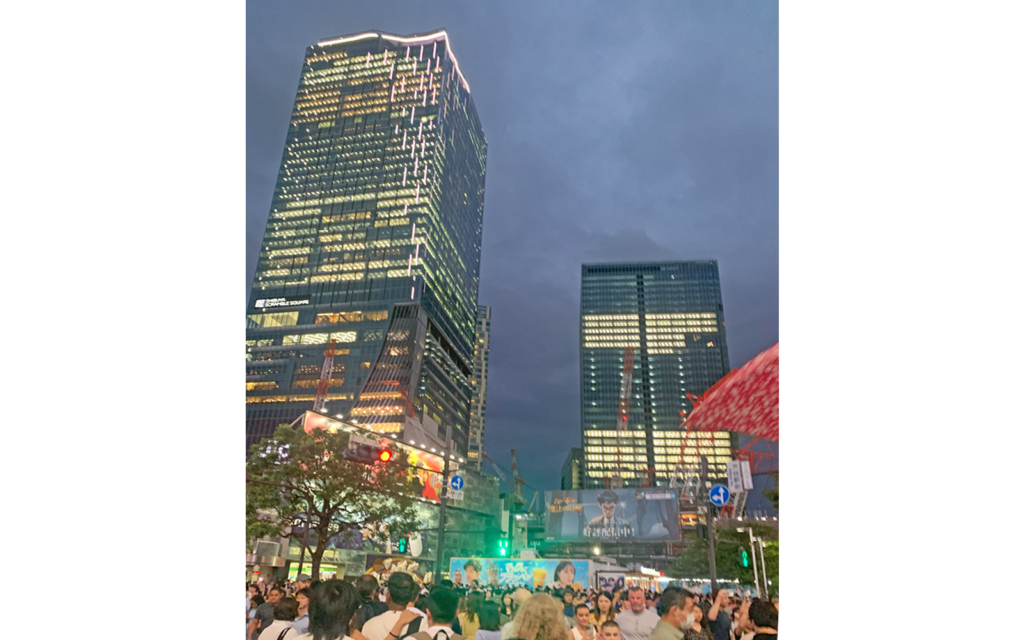
We even came across the famous Shibuya Crossing, one of the busiest crossings in the world. I had been used to the busyness of certain New York City streets such as those in Times Square, but the size of this crowd was next level! Thousands of people weaving together into the middle of this busy street at once was something quite magical… I definitely had to double check my maps beforehand to make sure I didn’t have to change directions in there!
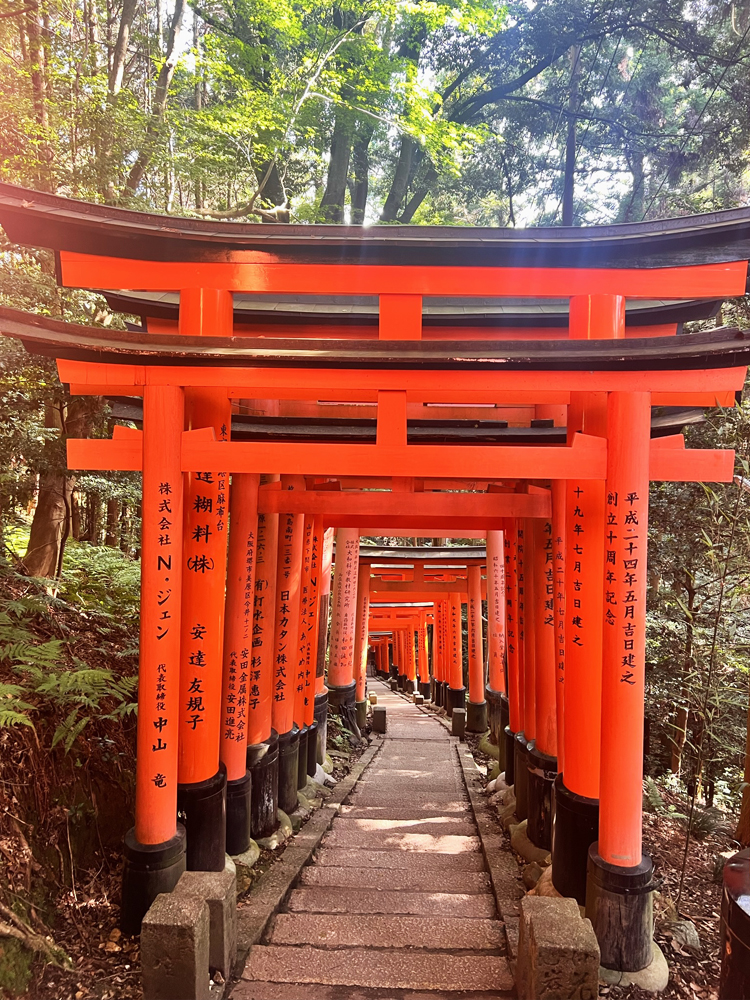
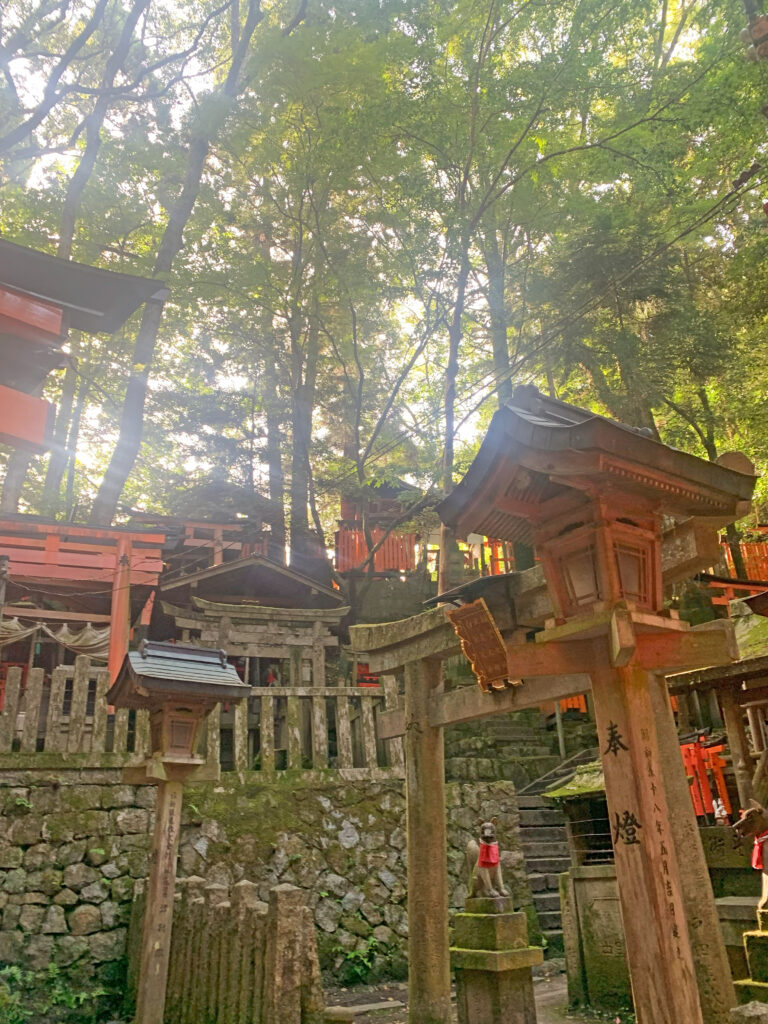
In between our two Tokyo segments, we decided to visit Kyoto for three days. Unsurprisingly, three days did not feel like enough! The city was beyond beautiful and had such a wide range of activities to offer. Most notably, we visited three temples and shrines while there. The first was the Fushimi Inari Shrine in southern Kyoto, which is well-known for its vast and seemingly endless number of bright orange torii gates. It is easily one of the most incredible places I have ever seen, and to say the least, getting to the top was well worth the climb! While there, we learned that the torii gates are used in shrines because they represent economic prosperity, which aligns with the deity of good harvest and economic success to which this shrine is dedicated, Inari.
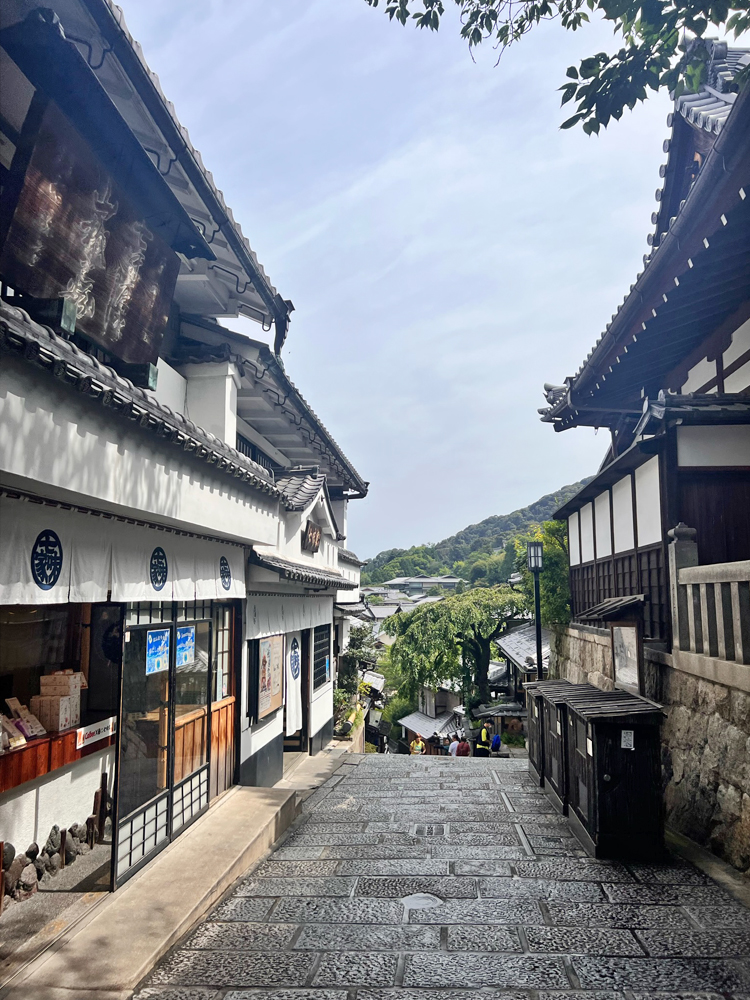
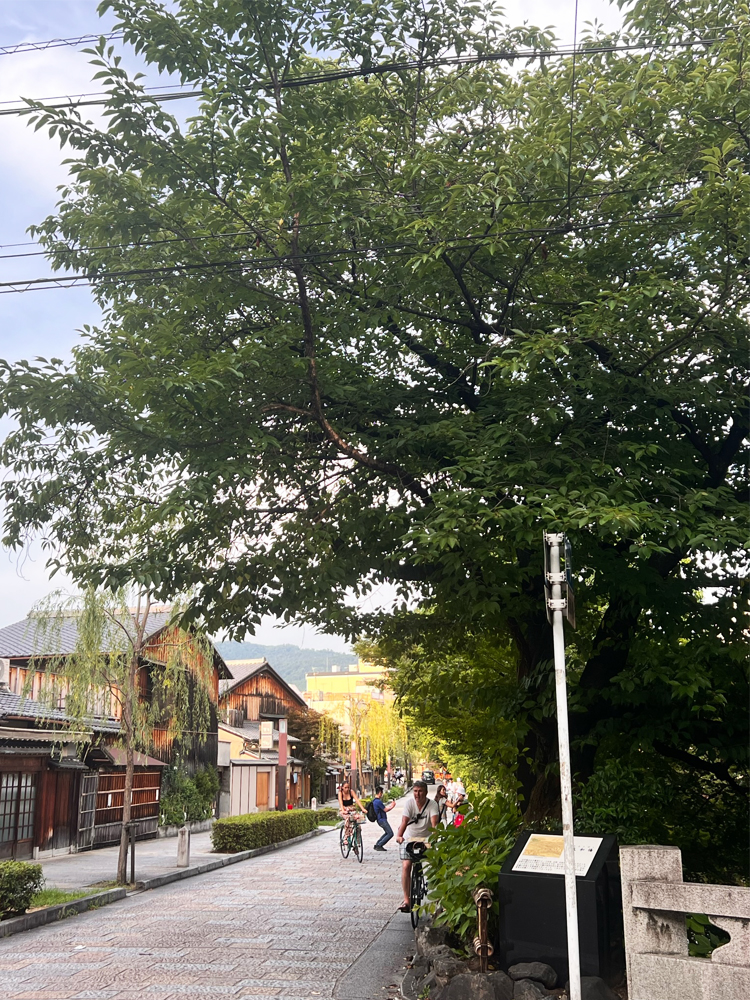
The second historic site we visited was Kiyomizudera Temple. Located atop a hill overlooking the city, this temple was spectacular. You are guided to the site on a narrow and predominantly-pedestrian street which is lined with an array of shops selling local products ranging from yuba to pottery to fireworks. For this reason, the path leading up to the temple is in itself a fun experience.
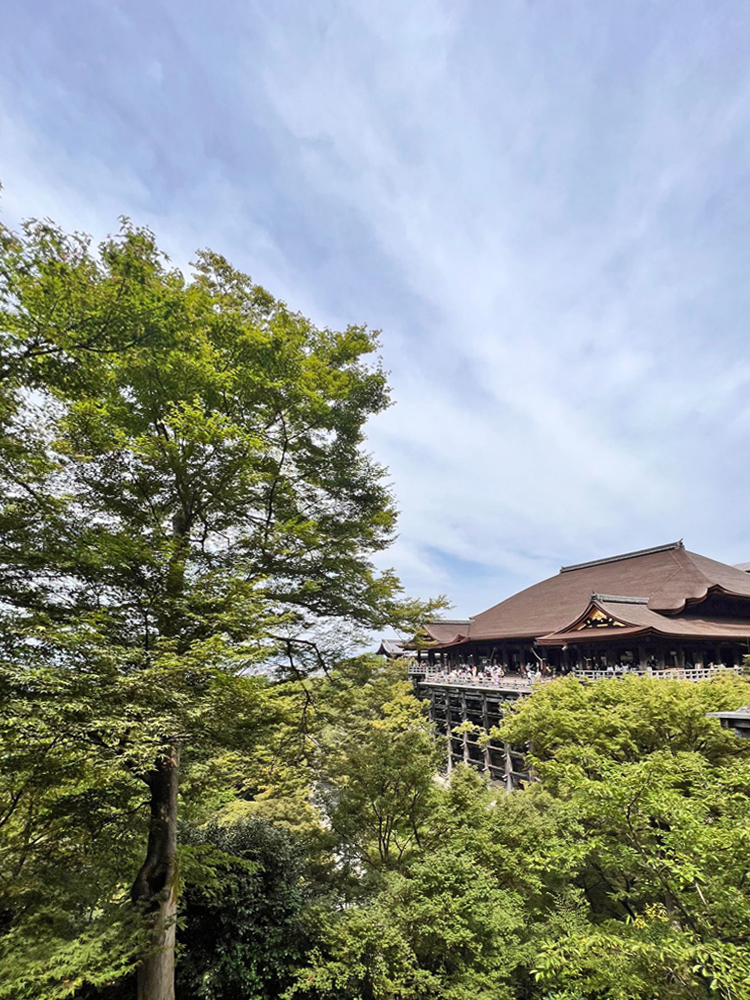

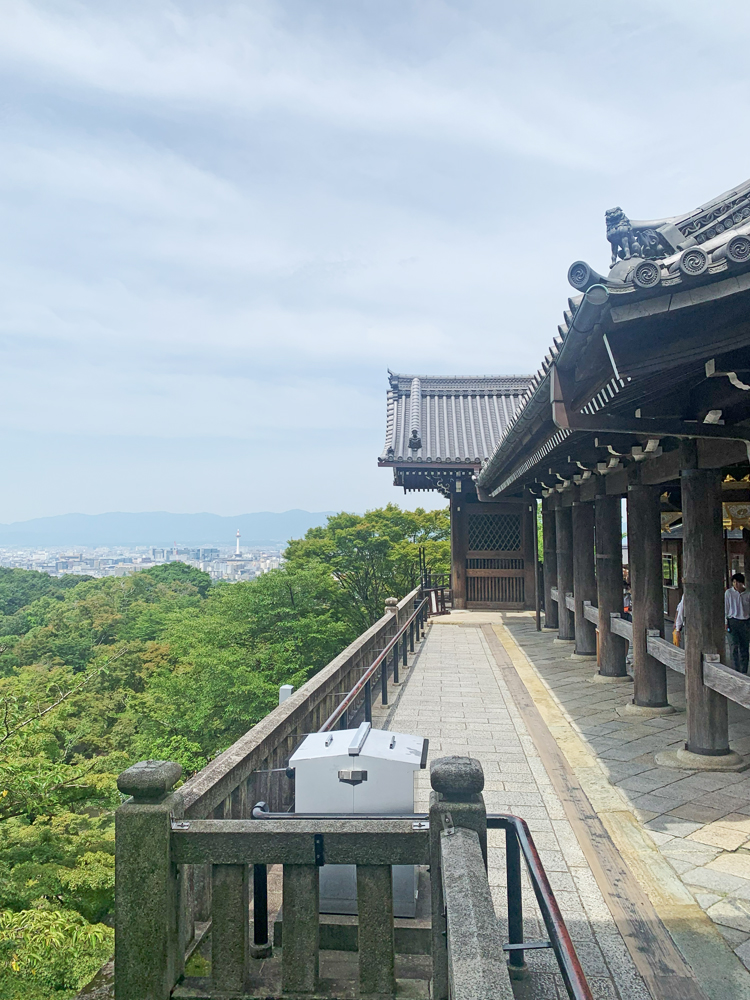
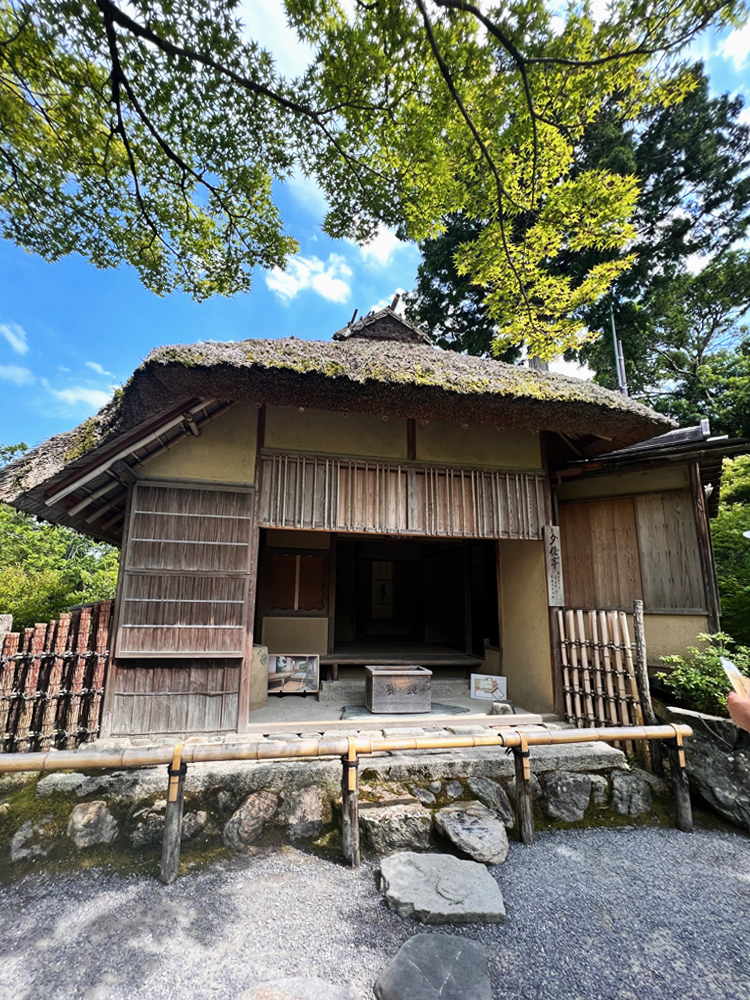
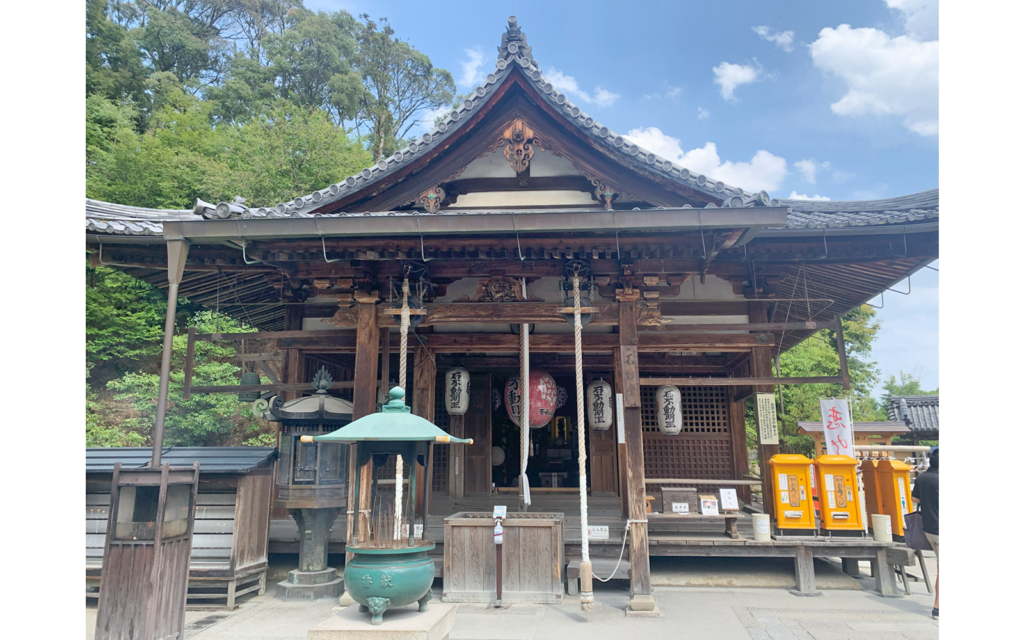
The main feature of the temple complex is Kiyomizudera’s veranda. To this day it rests on traditional wooden Japanese construction over 40ft above the ground and was built without any nails! Surrounding this main hall is the Jishu Shrine which is dedicated to the deity of matchmaking, in addition to Okunoin Hall and a grand waterfall below, allowing the peaceful walking experience through the complex to be complemented by the sound of falling water.
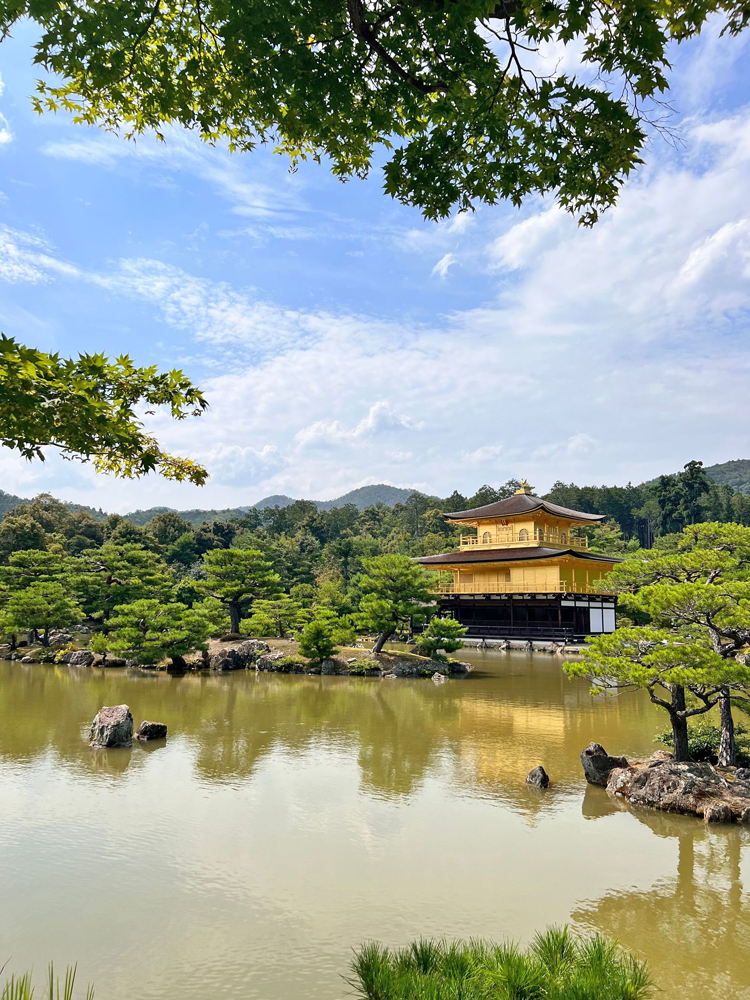
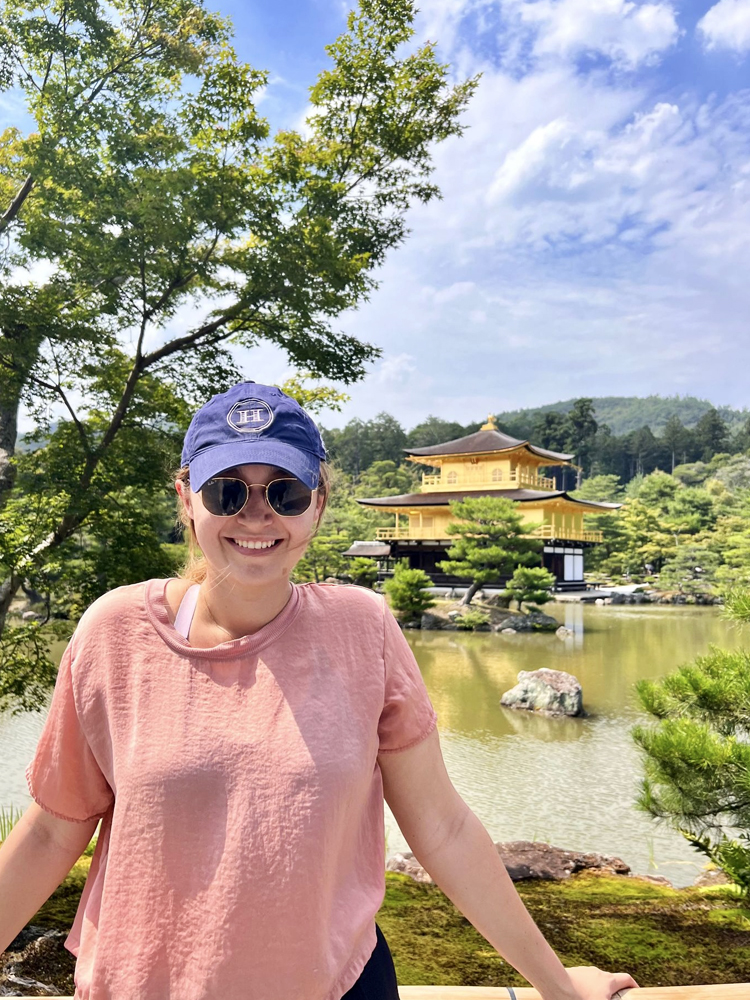
The third historic site we were lucky enough to see was Kinkakuji, also known as the Golden Pavilion. Inescapable to even the furthest eye on site, this building’s top two floors are entirely covered in gold leaf. The Pavilion overlooks a massive pond and was originally built as a retirement home for a shogun named Ashikaga Yoshimitsu. Unfortunately, this pavilion has had to be rebuilt twice – once after the Onin war, a civil war which destroyed much of Kyoto, and again in the 50s after it burned down. Interestingly, each floor of this building represents a different style of architecture: the first in the Shinden style (represented by the white plaster walls with wood pillars), the second in the Bukke style (which is typically seen in samurai residences), and the third in the style typical of a Chinese Zen Hall. After walking past this unforgettable pavilion, you are greeted by a series of other features throughout the complex, including former headquarters of priests, a teahouse, gardens, and statues.
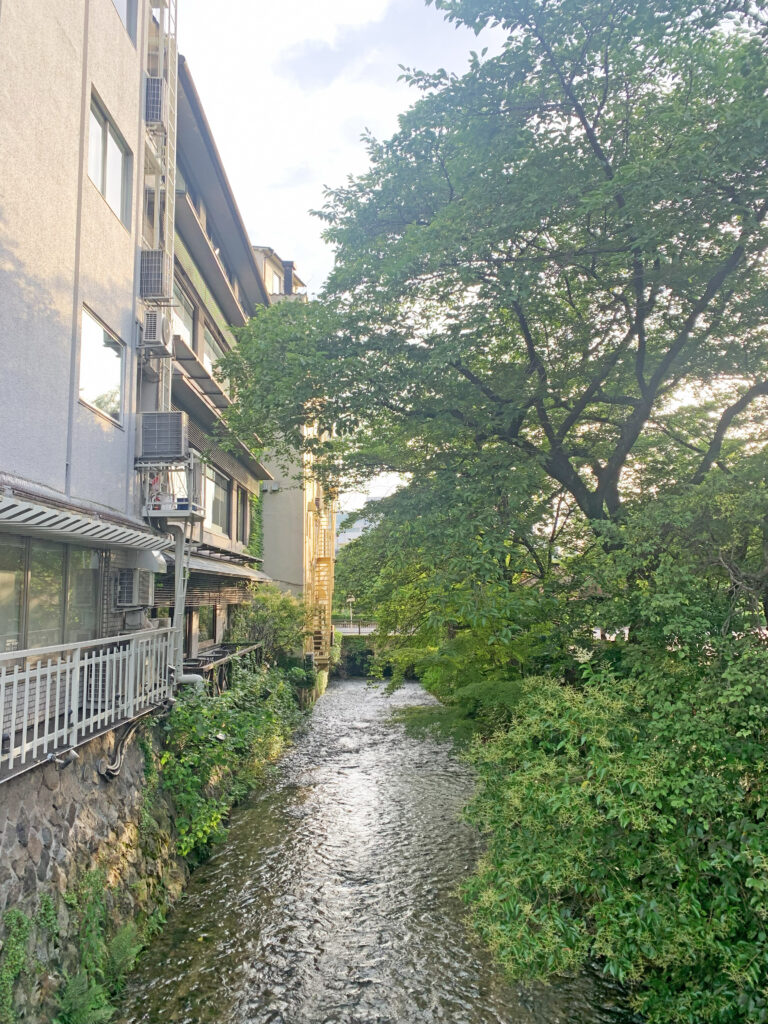
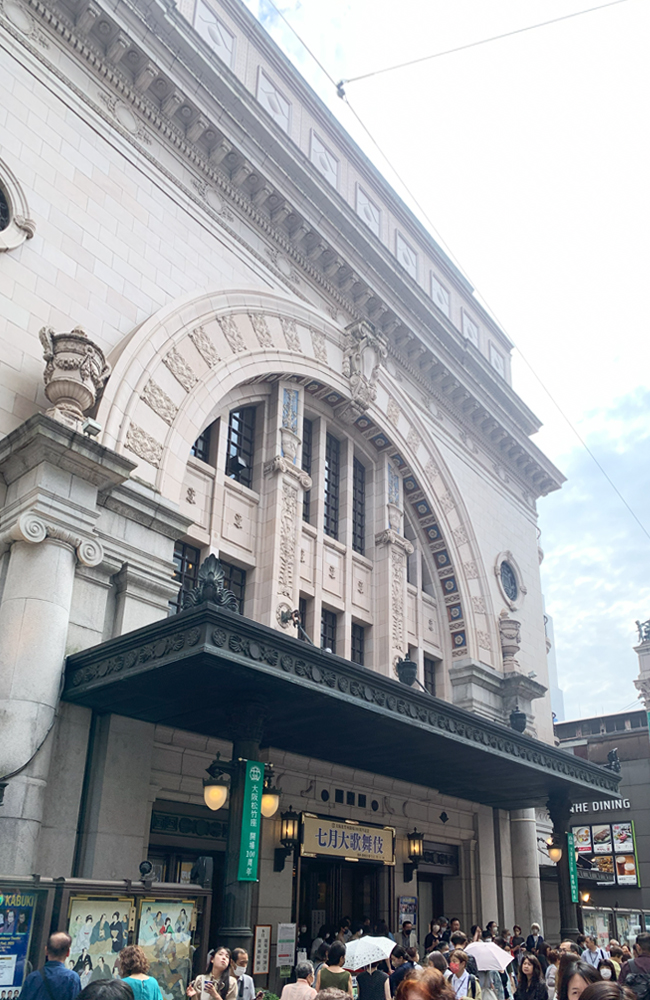
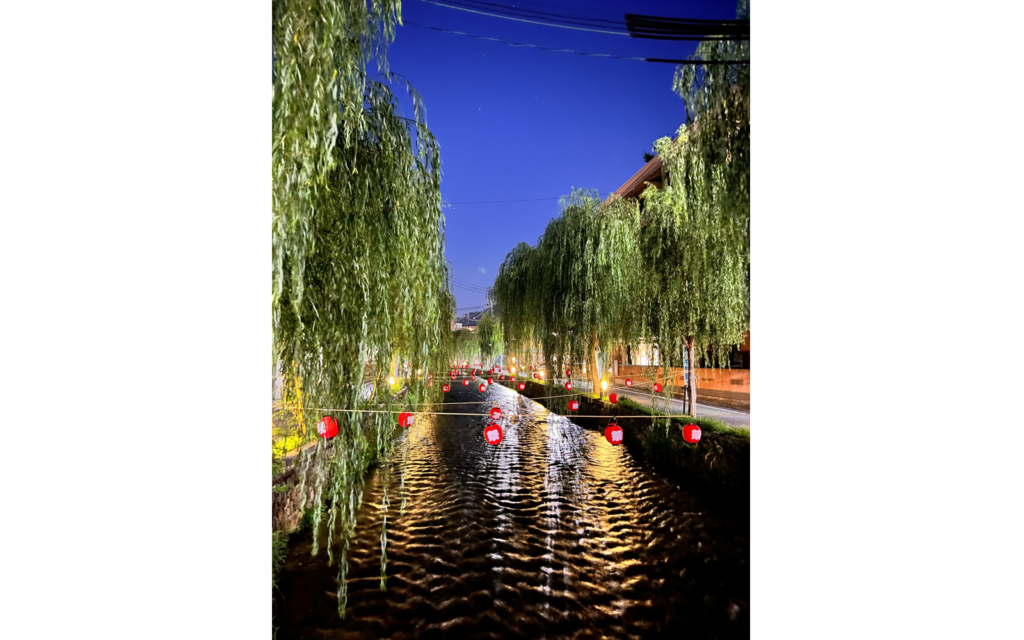
Overall, the trip was incredible. The above are some last photos that were too beautiful to not include!
